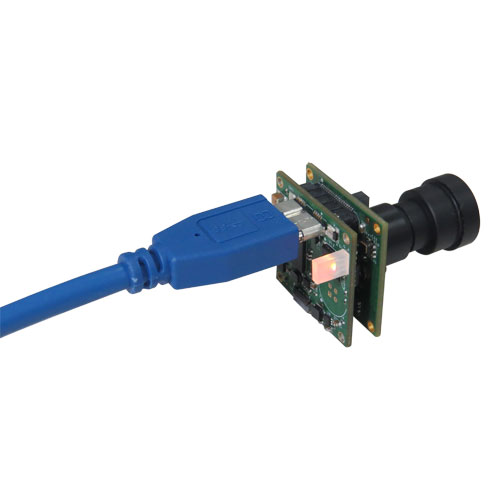
MONOCHROME CAMERA SOFTWARE
You can do a substantial amount of correction with a computer and software for significantly less money. The concept is old, but a have never seen a Bayer Filter.Īs for a grand and a half that does not make much sense to me. In this regard, I am not sure why to permanently convert a camera. The Canons and Nikons that I know of, can be set to Monochrome. My Fujifilm X100F Vintage Kodachrome Film Simulation RecipeĮnter your email address to follow this blog and receive notifications of new posts by email.I had asked the OP (Rugger) what kind of camera they have.Fujifilm X-Trans IV Film Simulation Recipe: Bright Kodak.Fujifilm X100V Film Simulation Recipe: Kodak Portra 400 v2.Fujifilm X100V Film Simulation: Kodak Portra 400.Fujifilm X-Trans IV Film Simulation Recipe: Reggie's Portra.Route 66: Sun n Sand Motel - Trying Recipes (That Are Not Mine.).My Fujifilm X100V Kodachrome 64 Film Simulation Recipe.
MONOCHROME CAMERA HOW TO


Still, a monochrome-only camera wouldn’t be for “most people” as it would be for a very small crowd, and for those people the difference would indeed justify buying it. Would a monochrome-only camera really produce enough of an improved image to justify buying one? I think that’s a tough question to answer, but my guess is probably not for most people. The flip side to this is that Fujifilm X-Trans cameras, particularly X-Trans III and IV cameras that have the Acros film simulation, are already fantastic for black-and-white photography. Increase the price a couple hundred dollars and it would sell well enough to be profitable, in my non-expert opinion. And, Fujifilm has a cool marketing angle: call it the X-Pro3 Acros or X100V Acros. A Monochrome version would make things simpler for them, while improving perceived resolution, dynamic range and high-ISO.
MONOCHROME CAMERA SERIES
There are plenty of photographers who use their X-Pro or X100 series camera to only shoot black-and-white. Yes, it’s clearly a niche product, as there’s only a tiny market for it, yet Leica found a way to make it profitable, and Fujifilm could, too. I think an X-Pro3-M, a black-and-white only version of the X-Pro3, or an X100V-M, a black-and-white only version of the upcoming X100V, would do well enough commercially. You can also use color filters like with black-and-white film. Because of this, you get a higher perceived resolution, as pictures will appear more richly detailed, and there’s more shadow latitude, which also improves high-ISO capabilities. With a monochrome sensor, 100% of the light-sensitive sensor elements are recording luminosity information. With an X-Trans sensor, 55% of the light-sensitive sensor elements are recording luminosity information while 45% are recording color information.

With a typical Bayer color array, only 50% of the light-sensitive sensor elements are recording luminosity information, while the other 50% are recording color information. Fujifilm should do something similar, even though most won’t buy it.īelieve it or not, there’s actually an advantage to a monochrome sensor.

It only does black-and-white photography. It can’t capture a color picture because it doesn’t have a Bayer array. Leica recently announced the M10 Monochrom, which is their third black-and-white only camera. Mountains Dressed In Monochrome – South Weber, UT – Fujifilm X-T30


 0 kommentar(er)
0 kommentar(er)
